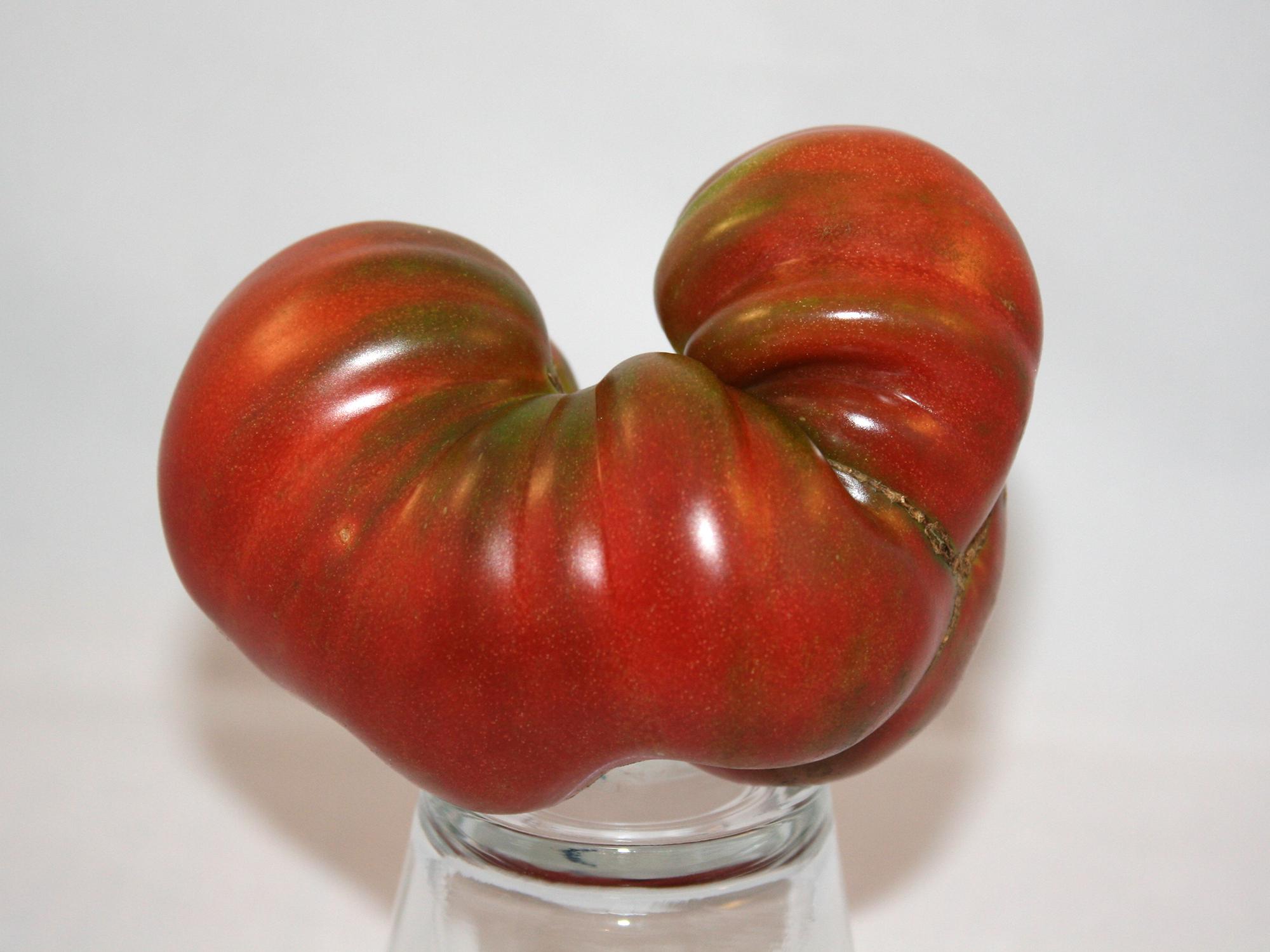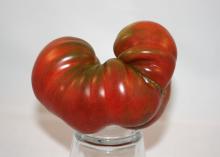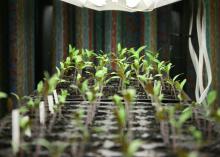Information Possibly Outdated
The information presented on this page was originally released on February 22, 2016. It may not be outdated, but please search our site for more current information. If you plan to quote or reference this information in a publication, please check with the Extension specialist or author before proceeding.
Start transplants now if growing heirlooms
It’s that time of year when gardeners across the state start planning their vegetable gardens.
After I wrote last week about the heirloom tomato Cherokee Purple being chosen as a Mississippi Medallion winner, I’ve dreamed about the heirloom tomatoes destined to become my tasty chili and spaghetti sauce next winter.
Now I know you’re probably thinking, “Gary has gone crazy,” because it’s nowhere near time to plant tomatoes. And, of course, you’re right, but I need to prepare now because six weeks from now will be a different story.
You see, I don’t rely only on the selections of transplants garden centers will have on their racks in early April. To get the heirloom varieties of tomatoes my wife and I like -- well, mostly the varieties my wife likes -- I have to start my own seeds. The heirloom varieties I’m growing this spring are the aforementioned Cherokee Purple, along with Black Sea, Black Ethiopian, Homestead, a pass-along paste tomato and another pass-along orange variety.
I bet most of you have never heard of some of these varieties or seen them as transplants. And that’s why I start my own plants. I scour the catalogs and web sites looking for that perfect heirloom tomato.
There can be a lot of confusion surrounding heirloom tomatoes. For one, they don’t look like the run-of-the-mill mega-mart tomatoes all lined up in a row, kind of like little Stepford tomatoes. Heirloom tomatoes are generally lumpy and bumpy, they split and crack easily, and they can be pretty temperamental. But those who successfully grow them will swear that the reward is in heirloom tomatoes’ increased taste and flavor.
So what makes an heirloom tomato an heirloom?
There’s really a couple of criteria that have to be met. First, the tomato has to be open pollinated. This means that if you collect and save seed from a ripe tomato, when you plant it and grow it, the resulting plant will produce very similar fruit crop after crop.
Second, we can call a tomato an heirloom if it’s been in the market for a certain length of time. Hard-core heirloom tomato growers say the variety should be at least 25 years old. I’m of the opinion that age doesn’t matter when it comes to heirloom tomatoes, as long as the variety is open pollinated.
Another school of thought concerns antiques. We’re all aware of antiques like furniture and quilts that get passed down through families and are called heirlooms. Tomatoes, or any vegetable, get the name heirloom by having their seeds collected by families and passed down to future generations.
I love using the Nebraska Wedding tomato as an example. Tomatoes are also called “love apples,” and the story goes that seeds from this tomato were saved and given to young couples. As they started their new lives, they could grow these as a crop to help start their farms.
So if you want to grow your own plants, there’s still plenty of time to start transplants this year. Seed selection will be limited in the seed racks, so I recommend you take the time to look through seed catalogs and online offerings to find the heirloom tomatoes you want to grow this year.
Try several varieties to see which do well in your garden.





